The focus of OMV’s 2014 special project in the Viennafair art fair, Dialog: New Energies, was given to a number of commercial galleries and non-profit spaces in Romania: Anaid Art Gallery, Anca Poteraşu Gallery, Jecza Gallery, Galeria Plan B and Zorzini Gallery, as well as ATELIER 030202 and ALERT studio. The expert designated to carry out the curatorial vision of the project was Andreiana Mihail. We managed to ask her a few questions about her involvement and the exhibition she envisioned.
How do you see the evolution of selling Romanian contemporary art works via commercial galleries today?
It is a natural growth that covers many directions and tastes. The Romanian art market is still new and it is not yet adjusted or consistent, there is no constant rhythm that can guarantee a non-profit space or a gallery’s survival. Most artists who have moderate commercial success are selling via galleries and art dealers. Over time, we gave up the custom of selling directly out of the workshop. Unfortunately, because there are no patron laws or tax cuts when it comes to buying works of art, collectors and private sponsors are less enthusiastic and this is why there isn’t a constant stream of events and contemporary art production.
Romanian commercial galleries, followed by certain non-profit spaces have been taking part in Viennafair for almost a decade now. What was the key element in building a more attractive profile for commercial galleries at Viennafair this year?
Viennafair has always been an event that supported participants from south-eastern Europe with sponsors that covered the costs for the stands, production and transportation of works, in essence reducing almost all financial efforts that can sometimes be devastating for a young gallery. Romanian galleries have always been desired and appreciated in Vienna. The geographical proximity and the aesthetic interest for Romanian artists have contributed to a successful model of exhibiting. In 2014 there were five commercial galleries (Anca Poterașu Gallery, Anaid Art Gallery and Zorzini Gallery from Bucharest, Jecza Gallery and Plan B from Cluj) and two non-profit spaces (Alert Studio and Atelier 030202, both from Bucharest) present in the category sponsored by OMV, and four other Romanian galleries in the general category. This way, both experts and amateurs of the art world had a better understanding of the Romanian contemporary art scene of the last 50 years. We also put forward a selection of videos from Romania that includes 19 works by 11 artists, Ion Grigorescu, Ciprian Mureșan, Adi Matei, Anca Munteanu Râmnic or Mihai Iepure Gorski to name a few.
OMV S.A. has been an important commercial partner for Viennafair for over 10 years. For the 2014 edition, the Austrian firm wanted to “contribute to the cultural dialogue in the field of contemporary visual arts”. What was the curatorial argument that you brought to the table in this dialogue?
It’s difficult to reconcile a well-defined concept with the commercial stake of an art fair. So we acted accordingly by opting for a wider theoretical spectrum and finding a common thread in the discussions about history and time, assuming and assimilating key events in a personal or factual chronology, bringing different voices (as medium, idea, generation) together, all this while keeping in mind the artist or curator’s proposals.
The official press release says: „The aim of DIALOG: NEW ENERGIES is to present the two, perhaps most significant existential attitudes in recent Romanian history – adapting and assuming – in a balanced relationship between a clear curatorial line and a commercial framework.” How has this balanced relationship affected you, the recruited institutions and the art works prepared for selling?
Retrospectively I can say that everything fell into place, the galleries agreed to come together in a quasi-common space, the artists were well represented, the public was excited about the freshness and the diversity, and the whole space had the look of a Romanian art exhibition, rather than just some stands at a fair. For me it was a new experience. Up until now I only went to the fair as an artist that was exhibiting, now I had a new position, that of a curator. Negotiating and expanding my options and suppressing the limits of my own aesthetic preferences (after all, it’s all about our personal tastes, right?) were major challenges that I had to overcome. The balanced relationship had to be built because it wasn’t there to begin with. The fact that we were so close to other galleries that could have been our rivals, led to making more assumed and reasoned choices.
Thank you very much for your time!
Andreiana Mihail (born in 1974 in Brașov) is the manager and owner of the Andreiana Mihail Gallery. She curated and organised over 40 exhibitions for the artists represented by the gallery, as well as guest artists. Among the artists the gallery represents we find Ion Grigorescu, Ciprian Mureșan or Monta Vatamanu and Florin Tudor. Along with these artists, Andreiana Mihail Gallery participated in leading art fairs, biennales and other adjacent events in Venice, Berlin, São Paulo, New York, London, Warsaw, Sydney, Geneva, Istanbul or Vienna. She worked as an editor for numerous publications, such as Auto-da-Fe (2009) by Ciprian Mureșan or Ion Grigorescu’s Jurnalele (2014), collaborating with Georg Schoellhammer.
Viennafiar 2014 took place between 2-5 October 2014.
POSTED BY
Igor Mocanu
Igor is a PhD researcher in the Art History department of the National University of the Arts Bucharest / UNARTE, with a dissertation titled Political avant-garde. The other face of Romanian avantgard...
igormocanu.wordpress.com

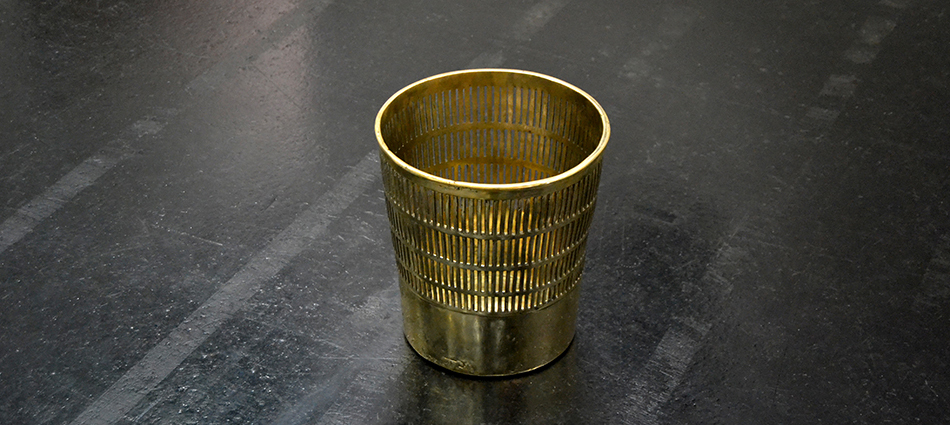
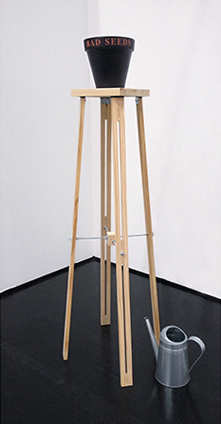
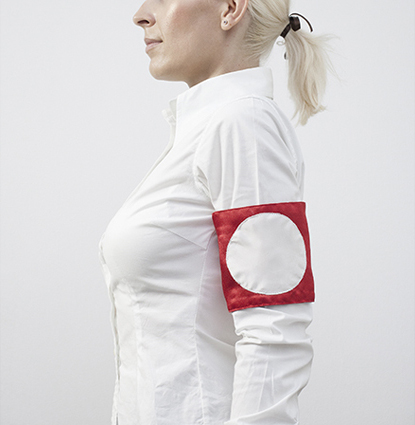
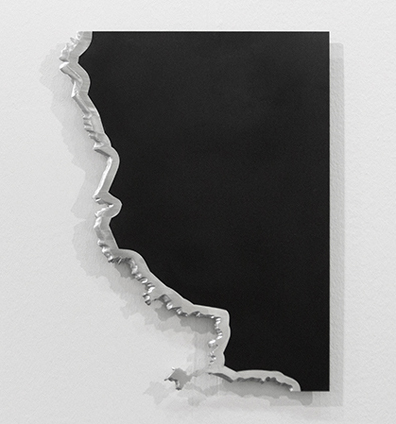
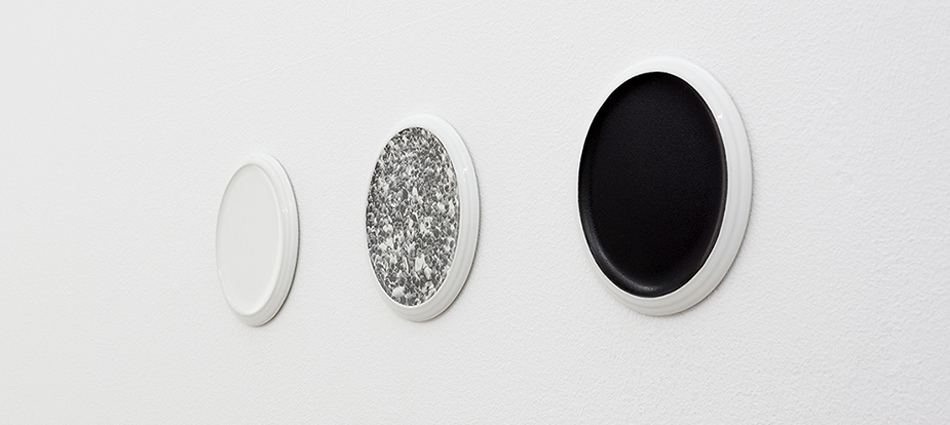
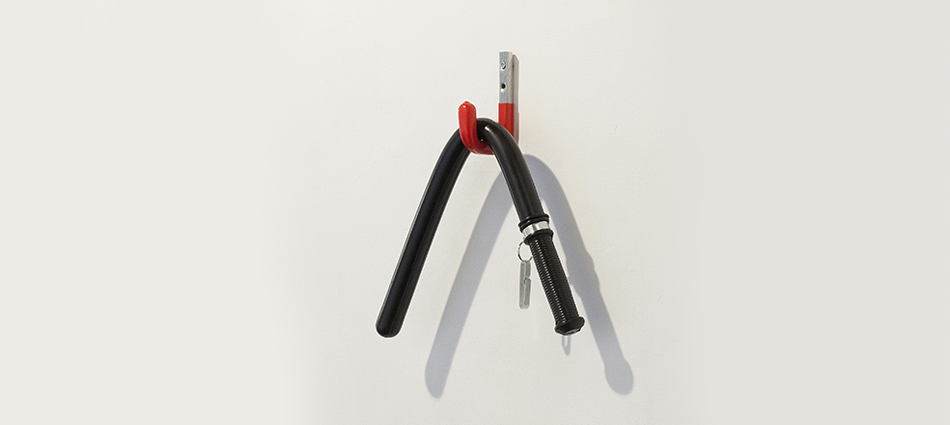
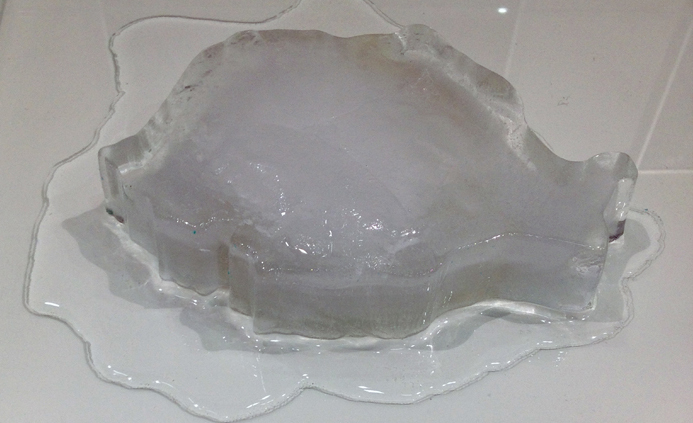
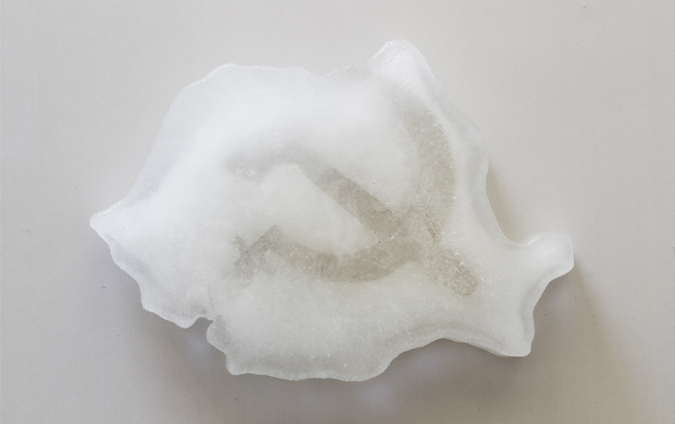
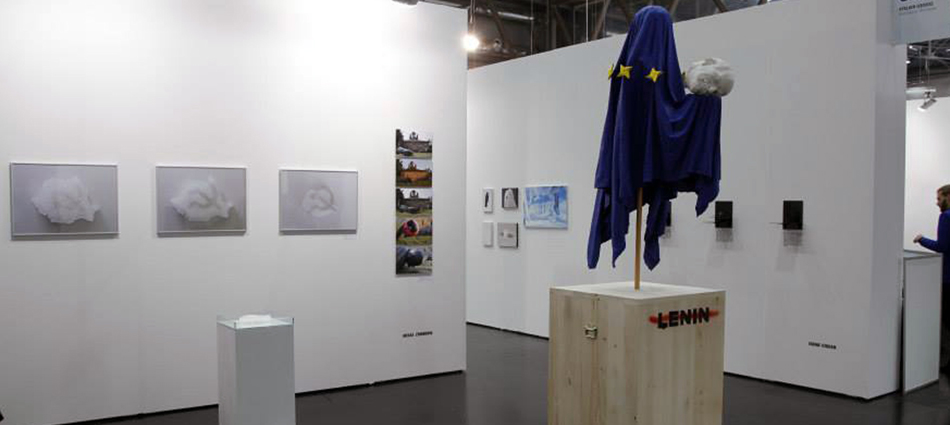
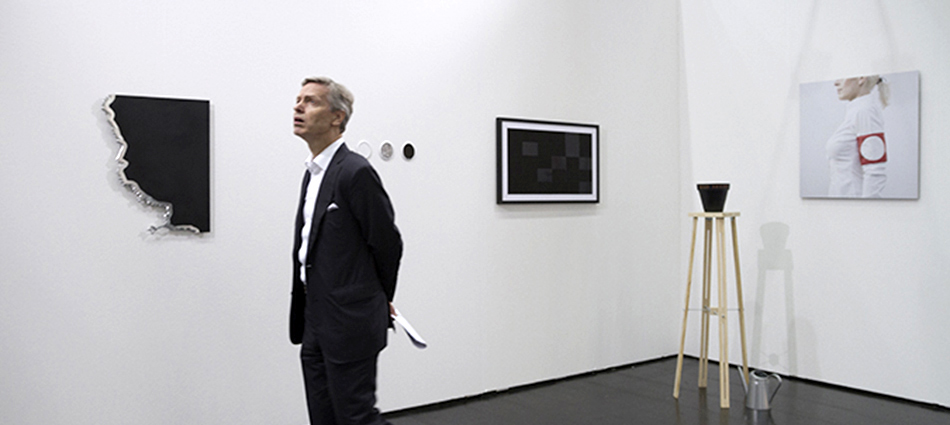
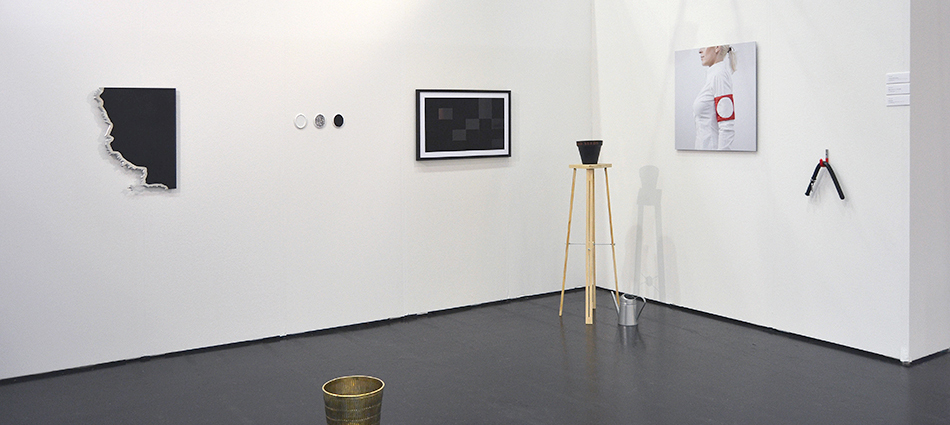
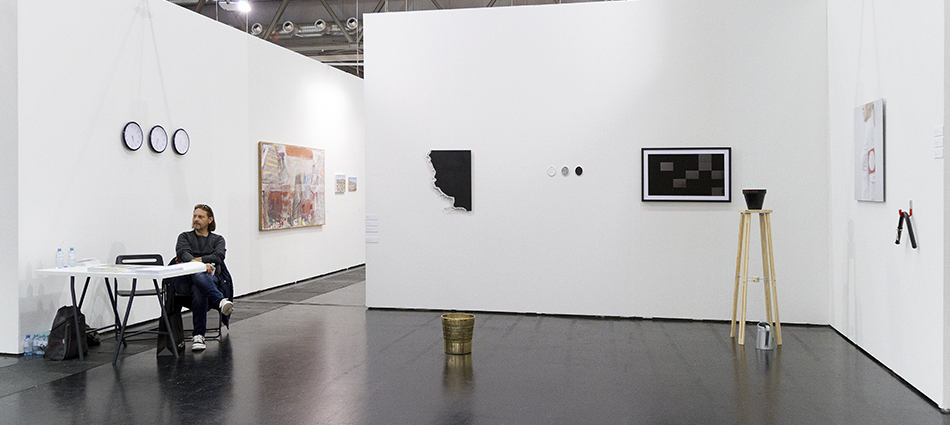
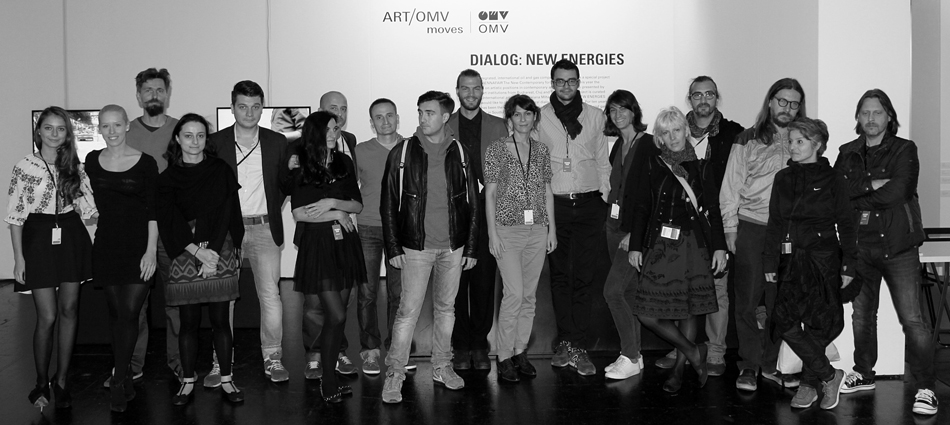
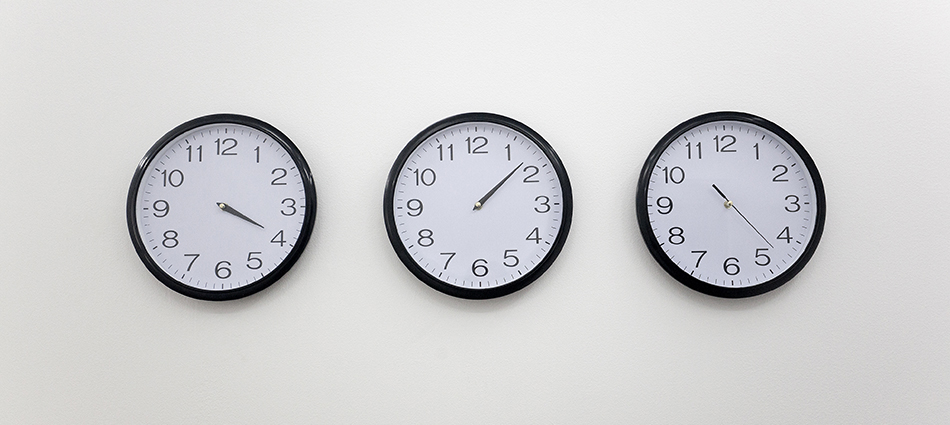
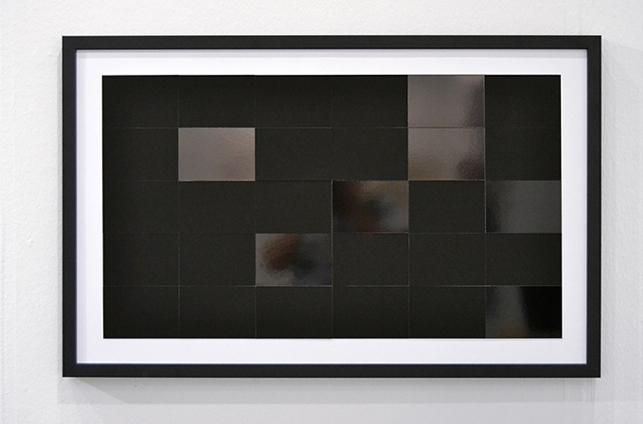
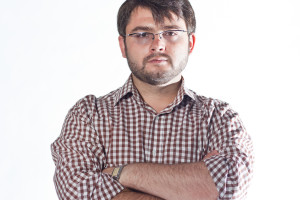
Comments are closed here.